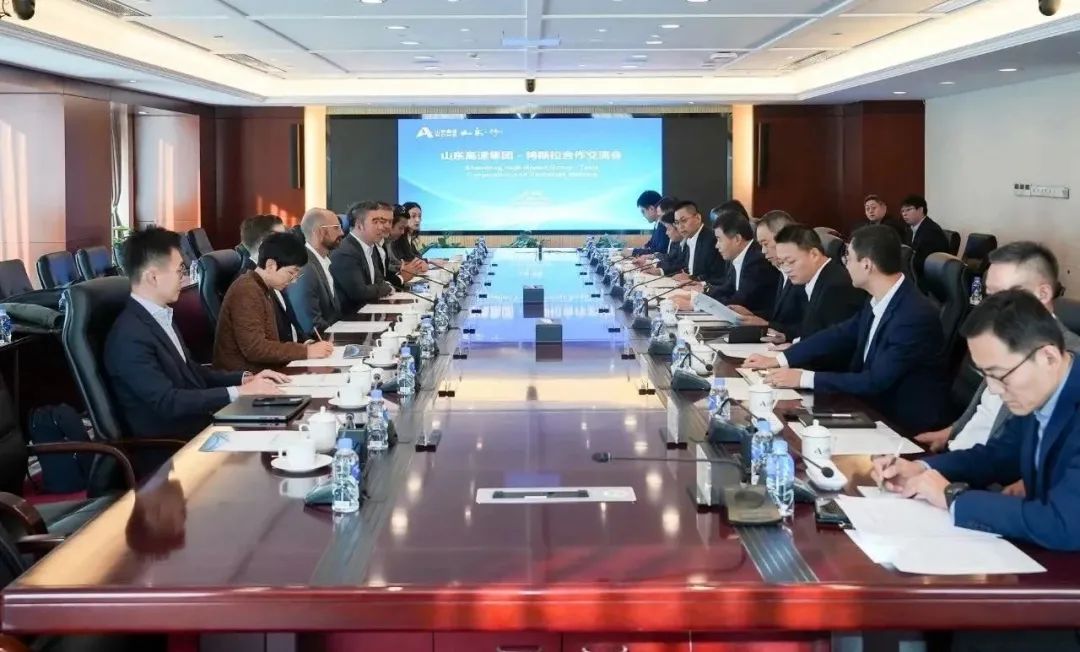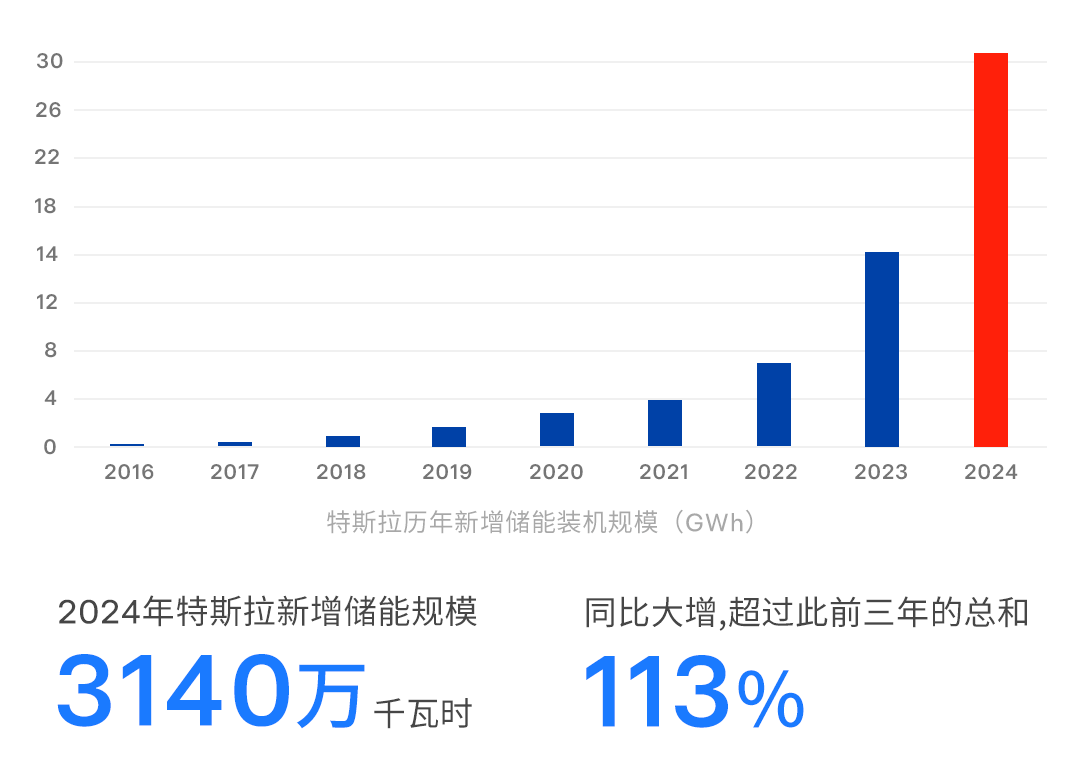Tesla's 'Shandong Strategy'
![]() 02/20 2025
02/20 2025
![]() 379
379
◎Written by | F.Lin
Shandong could emerge as a pivotal component in Tesla's energy storage business blueprint in China. On February 13, Wang Qifeng, Chairman of Shandong Expressway Group, met with Mike Snyder, Vice President of Tesla's Energy and Charging Business, and his team in Jinan.

Notably, just two days prior to this meeting, on February 11, Tesla held the commissioning ceremony for its Shanghai energy storage superfactory in Lingang, Shanghai. The factory rolled out its first ultra-large commercial electrochemical energy storage system, the Megapack. As Tesla's first energy storage superfactory outside the United States, it primarily produces Megapacks and is anticipated to have an annual production capacity of 10,000 units, with a combined energy storage capacity of nearly 40 GWh (1 GWh = 1,000 MWh). Three days after the Shanghai factory's commissioning, Tesla's vice president promptly visited Shandong Expressway Group to explore cooperation opportunities.
This move signals Tesla's intention to establish a robust cooperation ecosystem with Shandong Expressway Group in the realm of energy innovation. During the discussion, Wang Qifeng expressed his desire for both parties to leverage their resources and technological prowess to deepen exchanges and collaboration in sectors such as new energy, transportation-energy integration, and smart transportation, jointly fostering the development of the clean energy industry and facilitating green and low-carbon transformations. Mike Snyder echoed this sentiment, hoping that both parties can capitalize on their respective strengths, actively explore avenues of cooperation, and deepen ties in energy storage, charging, and mobility services.
1
Tesla's proposal to "deepen cooperation in energy storage, charging, and mobility services" aligns closely with the company's future strategic direction. Take energy storage, for instance. Megapack, Tesla's third-generation stationary energy storage product launched in 2019, is tailored for large enterprises and public utilities. It represents a large, highly integrated energy storage solution.

Data indicates that from 2022 to 2024, Tesla's energy storage business installed capacity will surge from 6.5 GWh to 31.4 GWh. In 2024, the annual installed capacity of Tesla's energy storage products is projected to increase by 113% year-on-year. During the fourth quarter of 2024, both Powerwall (Tesla's residential energy storage product) and Megapack achieved record-high installed capacities, collectively contributing to an installed capacity of 11.0 GWh for Tesla's energy storage business.
As a significant provincial state-owned investment company in Shandong's infrastructure sector, Shandong Expressway Group boasts substantial industrial and scenario advantages. Particularly in the energy sector, the group has recently undertaken a series of layouts centered around new energy industries such as photovoltaics and energy storage. For example, the Zaohuo Expressway Zero-Carbon Service Area, leveraging the country's first "transportation-energy integration" highway, the Zaohuo Expressway, utilizes available open spaces like service areas, slopes, toll stations, and interchange ramps to install distributed photovoltaics, wind power, energy storage systems, and more, thereby developing new energy resources along the route and constructing an intelligent microgrid system.
In 2022, the nation's first zero-carbon service area, Qingyin Expressway Jinan East Service Area, completed the construction of a 3.2 MW photovoltaic power station and supporting energy storage equipment, generating an average daily power output of 10,000 kWh. In September 2023, the nation's first zero-carbon smart highway, the Jinan-Qingdao Central Line Jinan-Weifang section, was completed. This project utilized spatial resources along the route to establish a multi-scenario, multi-style photovoltaic renewable energy utilization system with an installed capacity of 68 MW and an average annual power generation of 68 million kWh. Statistics reveal that Shandong Expressway Group, as an industry leader, has built 629 MW of road photovoltaic capacity, ranking first in the national transportation industry and accounting for approximately 70% of the total road photovoltaic capacity nationwide, with an average annual power generation of approximately 690 million kWh. According to plans, Shandong Expressway Group will comprehensively promote the construction of zero-carbon highways, service areas, tunnels, and toll stations in the future. From this perspective, Shandong Expressway Group can further enhance its cooperation with Tesla in the field of energy storage, particularly in "transportation-energy integration," seeking new growth avenues for the enterprise.
2
Now, let's shift our focus to charging. In January of this year, Tesla officially announced that the first batch of V4 Supercharger Stations in China will be launched in 2025 and will be accessible to third-party vehicle models. The V4 Supercharger, currently Tesla's fastest and most powerful charging equipment, boasts a maximum charging power of up to 350 kW, marking a substantial improvement over the V3 Supercharger (with a peak power of approximately 250 kW) commonly deployed in China. The charging time for subsequent Tesla models is anticipated to be reduced to less than 20 minutes. According to multiple media reports, with the introduction of the V4 Supercharger, Tesla plans to further expand its domestic charging network. As the primary constructor and operator of highways in Shandong Province, Shandong Expressway Group currently operates and manages over 9,000 kilometers of highways, providing ample site support for Tesla to establish supercharging stations within the province's highway service areas.








